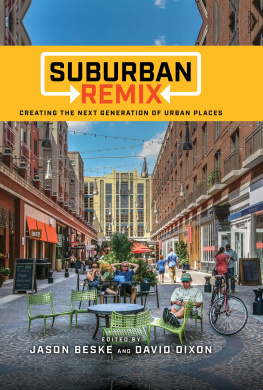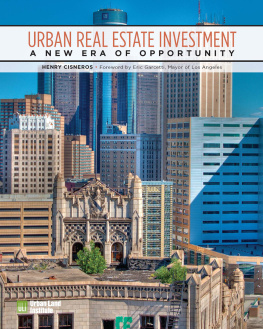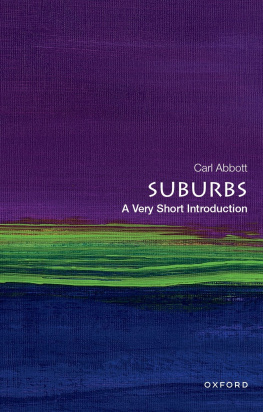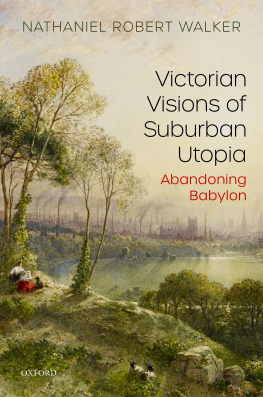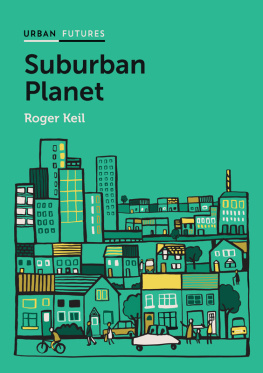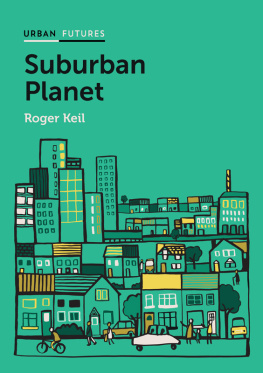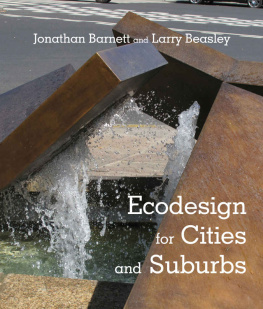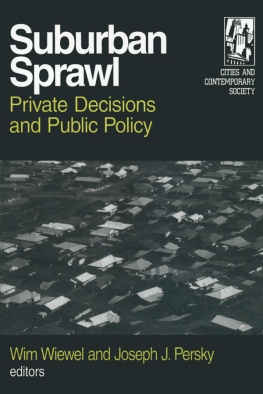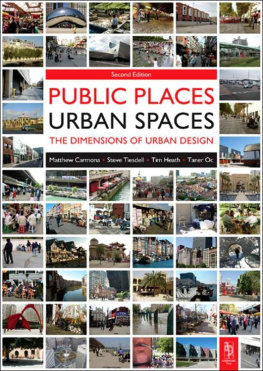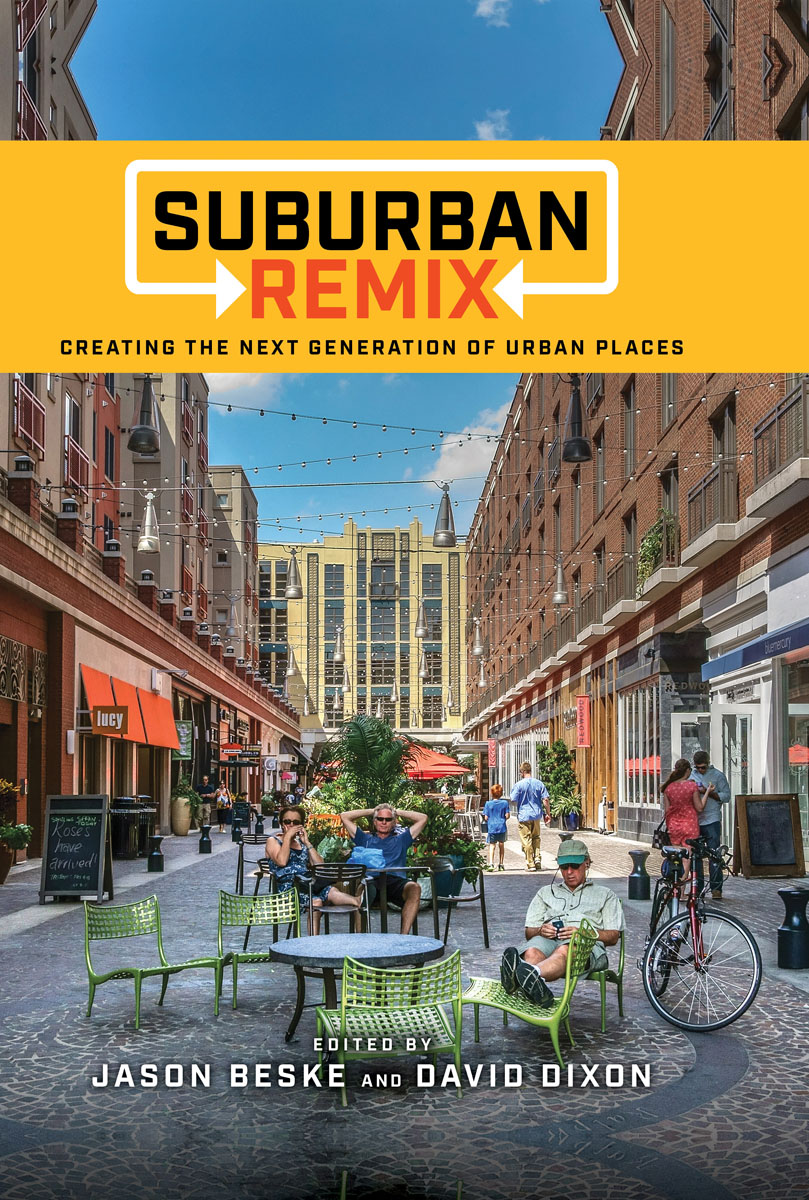
About Island Press
Since 1984, the nonprofit organization Island Press has been stimulating, shaping, and communicating ideas that are essential for solving environmental problems worldwide. With more than 1,000 titles in print and some 30 new releases each year, we are the nations leading publisher on environmental issues. We identify innovative thinkers and emerging trends in the environmental field. We work with world-renowned experts and authors to develop cross-disciplinary solutions to environmental challenges.
Island Press designs and executes educational campaigns in conjunction with our authors to communicate their critical messages in print, in person, and online using the latest technologies, innovative programs, and the media. Our goal is to reach targeted audiencesscientists, policymakers, environmental advocates, urban planners, the media, and concerned citizenswith information that can be used to create the framework for long-term ecological health and human well-being.
Island Press gratefully acknowledges major support of our work by The Agua Fund, The Andrew W. Mellon Foundation, The Bobolink Foundation, The Curtis and Edith Munson Foundation, Forrest C. and Frances H. Lattner Foundation, The JPB Foundation, The Kresge Foundation, The Oram Foundation, Inc., The Overbrook Foundation, The S.D. Bechtel, Jr. Foundation, The Summit Charitable Foundation, Inc., and many other generous supporters.
The opinions expressed in this book are those of the author(s) and do not necessarily reflect the views of our supporters.

Island Press mission is to provide the best ideas and information to those seeking to understand and protect the environment and create solutions to its complex problems. Click here to get our newsletter for the latest news on authors, events, and free book giveaways. Get our app for Android and iOS .
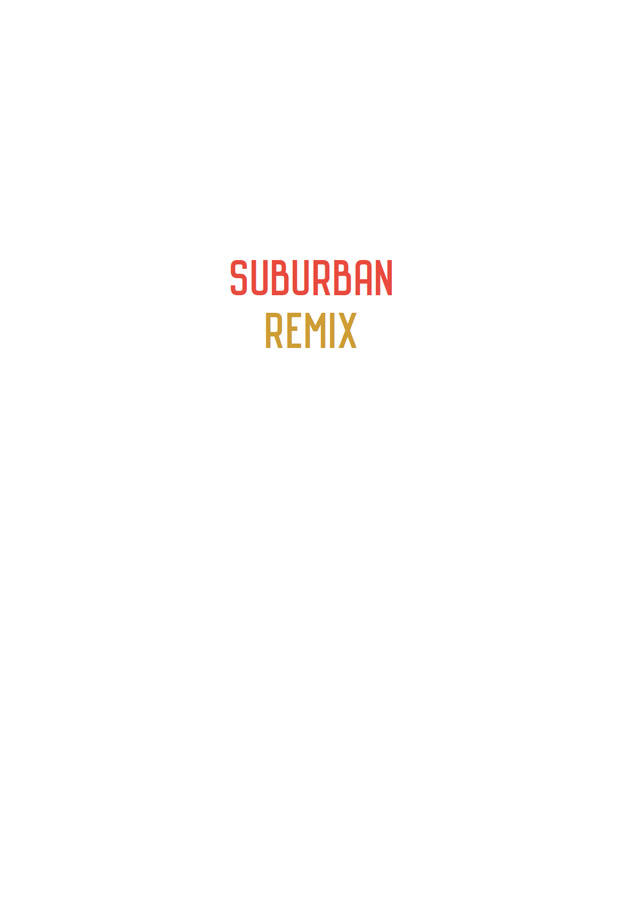
Copyright 2018 Jason Beske and David Dixon
All rights reserved under International and Pan-American Copyright Conventions. No part of this book may be reproduced in any form or by any means without permission in writing from the publisher: Island Press, 2000 M St., NW, Suite 650, Washington, DC 20036
Island Press is a trademark of The Center for Resource Economics.
Library of Congress Control Number: 2017942242
All Island Press books are printed on environmentally responsible materials.
Manufactured in the United States of America
10 9 8 7 6 5 4 3 2 1
Keywords: commercial strip, density, drivable sub-urban, the great reset, locally serving retail, regionally significant retail, shopping mall reuse, suburban poverty, suburban sprawl, suburban town center, urbanizing suburbia, walkable urban
CONTENTS
by David Dixon
by Christopher B. Leinberger
by David Dixon
by Laurie Volk, Todd Zimmerman, and Christopher Volk-Zimmerman
by Sarah Woodworth
by Michael J. Berne
by Stewart Schwartz
by Linda E. Hollis and Sterling Wheeler
by Chris Snyder
by Tianyao Sun
by Harold Madi and Simon OByrne
by Terry Foegler
by Christopher Zimmerman
by Mark Hinshaw
by David Dixon
by Jason Beske
by Jason Beske and David Dixon
ACKNOWLEDGMENTS
Wed like to thank our wonderful families for supporting (and humoring) us while we created Suburban Remix. They remain the focus of our respective worlds.
We feel deep gratitude for a team whose work and guidance helped us conjure a book out of a mutual interest in the walkable urban places transforming North Americas suburbs: Steve Wolf, our remarkable editor at Stantecs Urban Places (who deserves a credit on half the chapters in this book); Heather Boyer, our equally remarkable, and remarkably patient editor at Island Press, whose thoughtful direction never failed to improve the book; Stantecs Kasey Grzyb, our image wrangler extraordinaire; Stantecs Anushree Nallapaneni, our data-visualization wizard; Justin Falango, our placemaking and graphics guru; and map-making experts Ma Shuyun and Xumengqi. We also recognize our special debt to many generous colleagues who filled in for us on multiple occasions so that we could complete this book.
Were particularly grateful for Stantecs unwavering support for this project, which does not benefit its bottom line but does reflect a firm-wide commitment to and focus on all things urban. It would be hard to overstate the value of the chapters written by Michael J. Berne, Terry Foegler, Mark Hinshaw, Linda E. Hollis, Christopher B. Leinberger, Harold Madi, Simon OByrne, Stewart Schwartz, Chris Snyder, Tianyao Sun, Laurie Volk, Christopher Volk-Zimmerman, Sterling Wheeler, Sarah Woodworth, Christopher Zimmerman, and Todd Zimmerman. We deeply respect their knowledge and their commitment to helping us describe the emergence of walkable suburban centers, and remain grateful both for the time they took to shape their chapters and for the way they took this task to heart. Their complementary perspectives add a depth and richness that elevate Suburban Remixbut we expected nothing less from these accomplished practitioners who care deeply about the communities in which they live and for which they work.
Several developers who have pioneered the field of walkable suburban places offered valuable reports. In particular, we thank Federal Realty Investment Trust for its willingness to provide photographs of its projects; Crawford Hoying for making so many materials from Bridge Park available to us; and the Reston Town Center Association for its insight, cooperation, and images.
Finally, we dedicate this book to Samuel, Benji, Giacomo, and all the other kids who will inherit the world we are creating.
Jason and David
May 2, 2017


Figure 0.1. In the six decades after World War II, the classic suburban dream meant homogeneity, a growing middle class, two-parent families with children, and a single-family house. That era has ended. Suburban Remix describes how suburbs can invent and make real a suburban dream for today.
INTRODUCTION
David Dixon
North America is a suburban continent with an urban population.
Roughly two-thirds of North Americans live in suburbs, and two-thirds live in single-family houses (see
So Why Not Join the End of Suburbs Chorus?
Suburbs are not destined to suffer the fate of the traditional suburban dream. Today suburbs face an era of unparalleled, albeit far more urban, opportunity. This book views suburbs as an ongoing experiment in trying out new forms of development to respond to social, economic, and technological change (a notion introduced by Charles Marohn, founder and president of Strong Towns)and over the long history of human settlement, a very recent experiment. In fact, since suburbs first emerged as a recognizable form, with the advent of commuter railroads and then streetcars, they have represented a continuous experiment, evolving in response to the interplay of fundamental demographic, economic, ).
Next page
